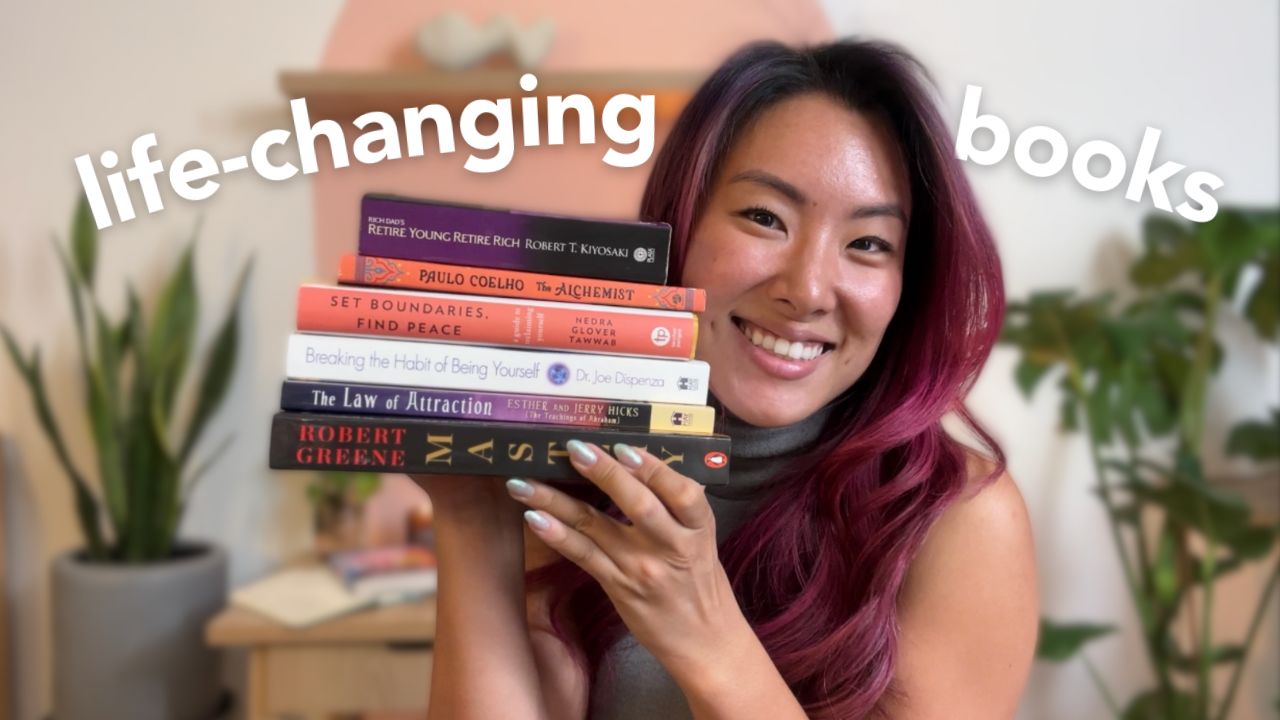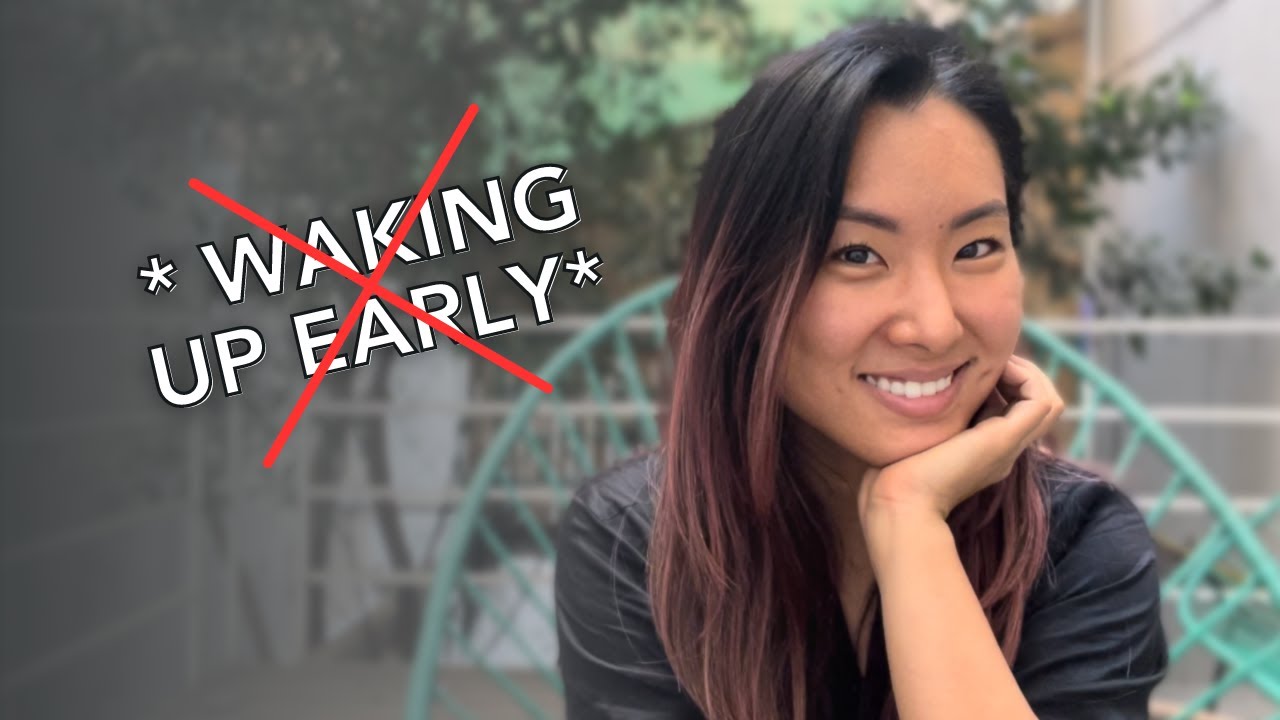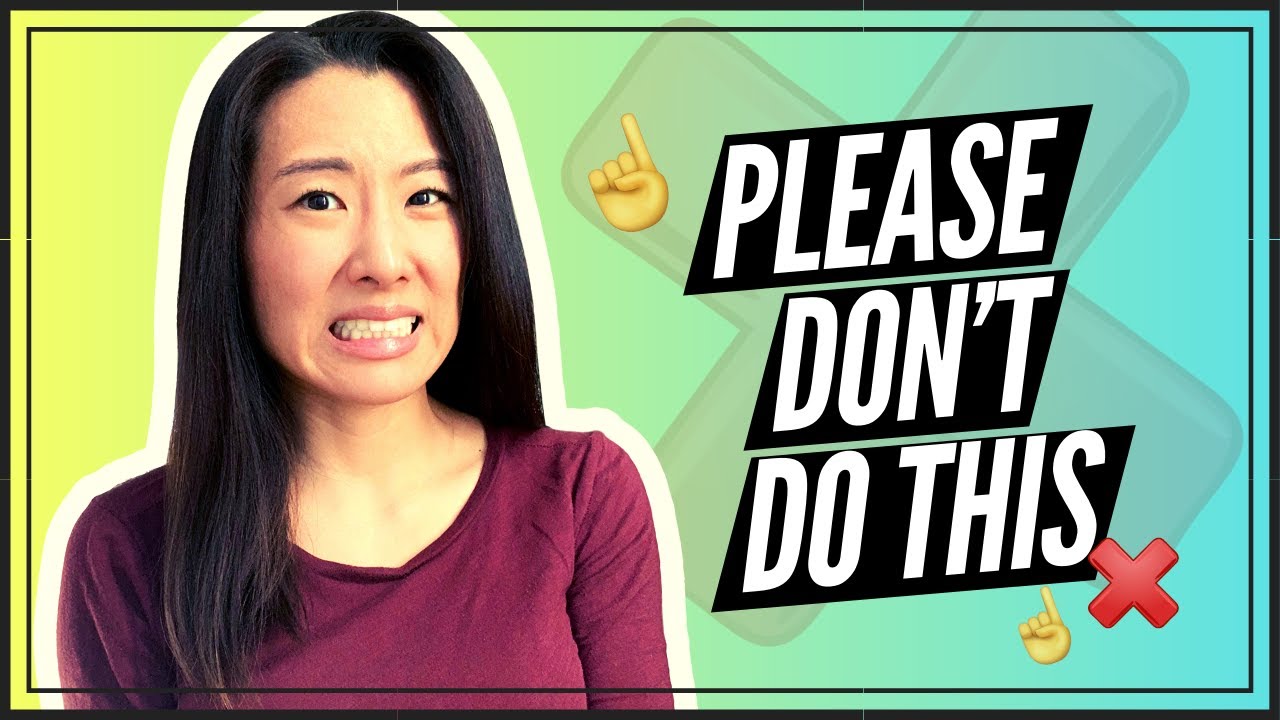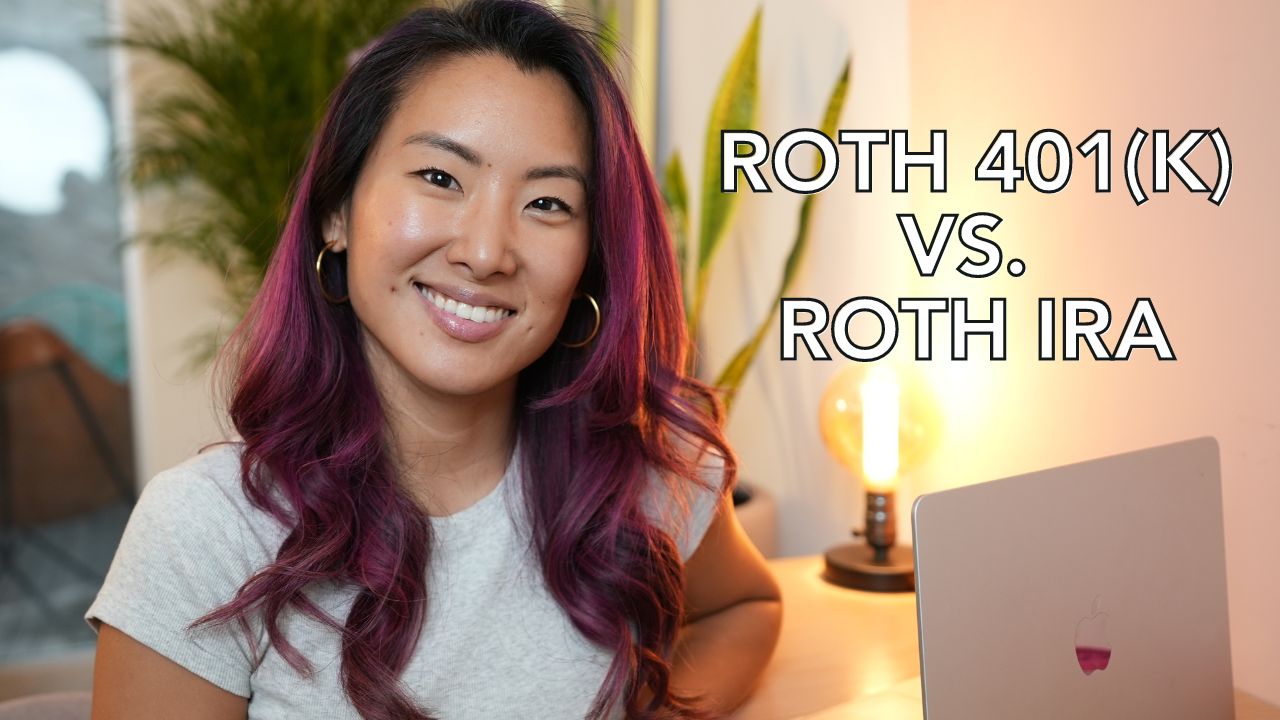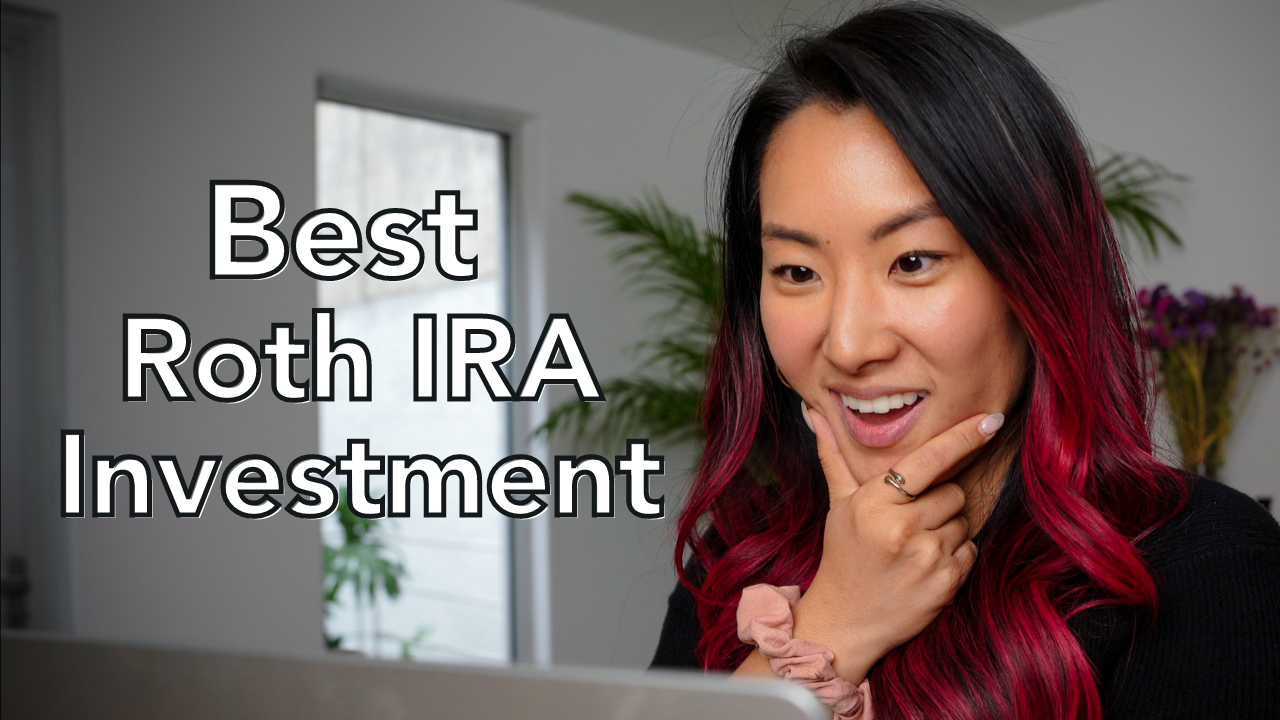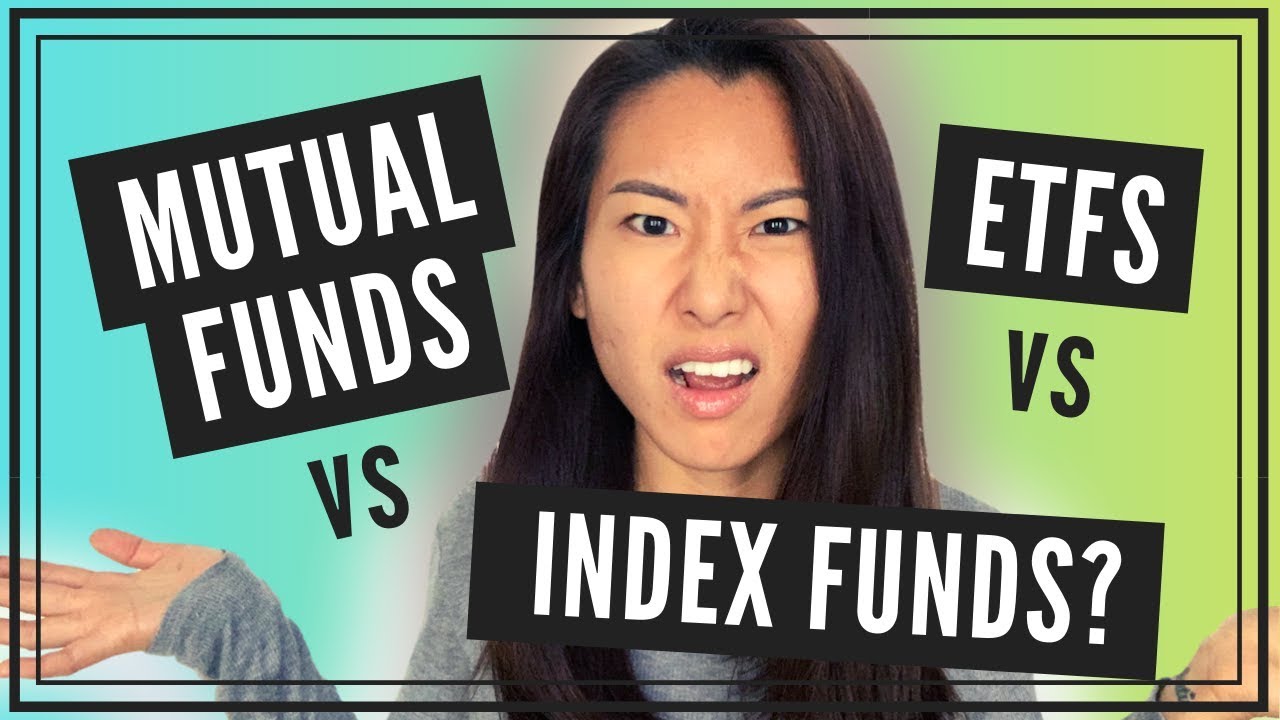How the Economic Machine Works
In 2013, Ray Dalio released a 30-minute video called “How the Economic Machine Works”. It’s a great summary of all the complex factors that make an economy go boom or bust, and THIS blog is a summary of that video.
I’m going to give you the key takeaways from Ray Dalio’s 30-minute video. It will be time well-spent, because understanding how the economy works will not only help you become a better investor, but you’ll also know how to position yourself for success, no matter what happens to the economy!
Ray Dalio says that although the economy seems really complicated, it’s actually very simple. “How the Economic Machine” works is a template that helps you understand the economy. Once you understand this template, you can apply it to any situation, any country, any moment in history to understand why economies behave the way they do.
According to Ray Dalio, there are three main forces that drive the economy:
- Productivity growth
- The short term debt cycle
- The long term debt cycle
Let me explain
Over the long-term, the economy grows as a result of productivity. Think about it – when automobiles, the Internet, education. The output of one person increases. With the Internet, now communications happen instantly, with no travel times, etc. Or even in a simple farming example, for a farmer’s economy to grow, he had to produce more corn per acre of land. At the end of the day, the economy is driven by productivity. More productivity equals more economic growth – the relationship is pretty straightforward.
CREDIT
However, the economy isn’t that simple because there are other factors in play…. CREDIT. Credit is basically the ability to borrow money and spend more than you earn. The availability of credit is a HUGELY important driver of the economy because it enables people to spend more. And more spending equals more economic activity, which equals more jobs, which equals more spending, and so and so forth.
Think about it! If you make say, $70k a year, but you have a credit card with a $10k credit limit, you can spend $80k a year, even though you don’t actually make $80k. Without credit, the only way you could spend more is by working harder or earning more and getting a raise.
And let’s say you spend that extra $10k on, I dunno… on a personal trainer to help you get fit. Now that personal trainer has $10k to spend, so then they go and spend that money, which stimulates the economy, and so on and so forth. The availability of credit stimulates spending, which leads to more economic activity and therefore, more economic growth.
This is true on a macro level as well. If businesses can borrow money in order to grow – for example, a cupcake shop borrows money in order to open a 2nd location, they can create more jobs, which creates more income for people, which creates more spending.
Get the picture? So credit helps the economy grow really fast, even if the level of productivity isn’t necessarily rising. Credit is THE most important part of the economy. Most of the spending in the economy is done on credit, not on actual cash. Just to give you an idea, Ray Dalio’s video says that the U.S. economy operates on $50tr of credit and only $3tr of actual cash.
So you’ve got all this spending on credit, which enables the economy to prosper even more than the productivity curve would indicate. This tends to cause inflation. Inflation is when prices rise because demand is greater than the supply. When there’s a lot of spending, that’s a lot of demand for goods & services. So prices rise and we get inflation.
The government doesn’t like inflation. Nobody likes inflation! So in order to keep inflation in check, the central bank raises interest rates. When interest rates rise, this discourages potential borrowers from buying things on credit, and it forces existing borrowers to pay higher interest on their debt payments. All of this causes spending to decrease. It’s like if the interest rate on your credit card went up, you’d probably stop using your credit card, and you’d have to cut down on spending in order to service the higher monthly payments on it.
So that causes the economy to shrink instead of growing. On the flip side, if the economy is shrinking too much and is on the brink of recession, the central bank can cut interest rates. This makes credit available for cheap again, which encourages spending and revives the economy once again.
SHORT-TERM DEBT CYCLE
This dance between interest rates, the availability of credit, and economic growth is what Ray Dalio calls the SHORT-TERM DEBT CYCLE. Interest rates have a HUGE impact on the availability of credit, and therefore, on the economy. That’s why if you follow the news at all, you’ll often see headlines about the “Fed”- the nickname for the United States central bank, aka the Federal Reserve. Investors and business people are obsessed with trying to guess whether the Fed is going to cut rates, or raise rates.
So now you know that the economic machine is driven by productivity and the short-term debt cycle. What about the long-term debt cycle? By now, you’ve learned that the short-term debt cycle is the ups and downs caused by the availability of – or the lack of – cheap credit. When the economy needs some stimulation, the central bank lowers interest rates in order to increase credit and increase spending. And when the economy is getting too heated up and inflation starts happening, the central bank raises interest rates in order to tighten credit and slow things down.
These little cycles are all part of the natural ebb and flow of the economy. However, it doesn’t just go on like this forever.
LONG-TERM DEBT CYCLE
Over time, the total amount of debt in the economy increases. It’s just human nature. We like to spend now, deal with it later. And as long as our monthly incomes are enough to cover the debt payments, we’ll keep doing it. And because the economy grows with each new short-term debt cycle, the amount of debt tends to accumulate along with it. Over the decades, debt burdens tend to increase, not decrease. More income, more debt.
For example, when you first graduate college you probably don’t have a lot of money, so you might have a credit card with a small balance on it. But as you get promotions and start making more money, you’ll probably want to buy a car and a house. So in addition to your credit card, now you have a car loan and a mortgage. And that’s totally fine because your income has grown a lot too, you know? And as long as your income keeps rising, you can keep borrowing more and more money.
However – there’s always a reckoning day. One day, your debt reaches that critical mass where your income can no longer sustain your debt payments. At that point, you have no choice but to cut back on spending. When this is happening on a macro level, businesses cut back on spending, governments cut back on spending, and there’s a serious drop in economic activity. And that’s the end of what Ray Dalio calls the LONG-TERM DEBT CYCLE.
The peak of the long-term debt cycle occurs after a series of many short-term debt cycles when the debt burden becomes too high. At that point, a deleveraging is inevitable. The debt burden is too high and it needs to come down.
As Ray Dalio explains, there are 4 ways the debt burden can come down:
- People, businesses, and governments cut spending (deflationary)
- Debts are reduced through defaults and restructuring (deflationary)
- Wealth is redistributed from the haves to the have-nots (deflationary)
- The central bank prints new money (inflationary)
This is a very risky time for the economy. Long-term debt cycles are much trickier than short-term debt cycles because, at the end of a short-term debt cycle, a little bit of tweaking with interest rates usually does the trick. Lower rates to stimulate the economy again, and boom, we’re back off to the races. But with long-term debt cycles, interest rates are already at zero, so the government can’t cut rates anymore. So it’s a little trickier to deal with long-term debt cycles than it is to deal with short-term debt cycles.
Debt Burden is harmful
Most of the methods for dealing with a huge debt burden can be very harmful. Cutting spending too aggressively would only result in layoffs and more unemployment, which would only make the debt burden worse and possibly cause depression. Also, defaulting on debt is harmful to the lenders, who were counting on getting paid back in order to stay in business. It could cause a vicious cycle that’s hard to get out of. And then the third method of taxing the wealthy in order to redistribute money to the poor and help pay down the debt burden would cause a lot of social tension and possibly a revolution. Not good.
The fourth method, where the central bank prints new money out of thin air – is the only deleveraging method that is actually stimulative to the economy. This is exactly what the U.S. did during the Great Depression, and again during the 2008 financial crisis. In 2008, the U.S. central bank – or the Fed – printed $2tn of new money and used it to buy financial assets and government bonds. This helped increase the availability of credit. It also helped fund the government’s stimulus programs and unemployment handouts.
However, too much of a good thing can be bad. Even printing money can be harmful if TOO much new money is printed. That creates hyperinflation, like what happened to Germany in the 1920s. Basically, all four methods of deleveraging – cutting spending, defaulting & restructuring, taxing the wealthy, and printing money – all have to be used in a balanced way. When debt burdens go down without too much inflation or deflation, that’s what Ray Dalio calls a “beautiful deleveraging”. He explains that long-term debt cycles are normal and somewhat predictable, but the deleveraging that has to happen afterward can be a tricky process. If policymakers don’t handle it well, it could lead to depression and even to a social revolution.
Finally, he ends the video with 3 key takeaways that not only serve as lessons about money but also about life.
- Rule #1: don’t have debt rise faster than income, because that’s just dumb, for various reasons
- Rule #2: don’t have income rise faster than productivity, because that’s like building a house of cards
- Rule #3: do all that you can to raise productivity, because even with all the craziness of short-term debt cycles and long-term debt cycles, at the end of the day, productivity is what truly matters
MY FINAL THOUGHTS
In closing, How the Economic Machine Works, by Ray Dalio, is a simple but POWERFUL framework for understanding the economy in the past, present, and future. His framework of laying the short-term debt cycle over the long-term cycle, and then laying those things on top of the productivity growth curve, gives us a pretty good idea of where the economy is right now, and where it’s probably headed.
In light of all the news headlines these days about a pending recession, I think it’s especially important to understand what’s going on in the economy right now. In a recent interview with Fox Business, Ray Dalio says that we’re quite far into the short-term debt cycle and very late in the long-term debt cycle right now. In other words, we’re due for a downturn.

